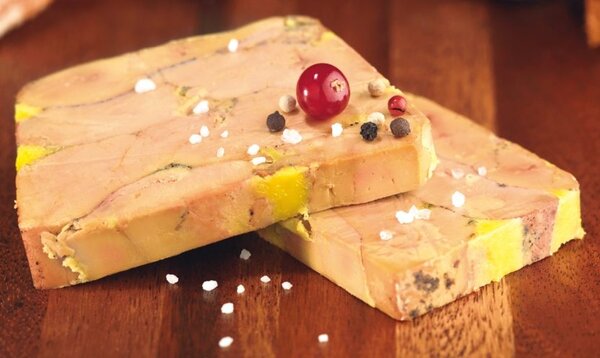You have been lied to all your life. This is the first of a series of a few “Traditional French Dishes” that are actually not that French to begin with. The following text may be rated PG16 for it will contain shocking revelations, may cause trauma or even denial, so what follows is only for mentally strong people.
“Foie Gras !! Oh no!! Not foie gras!!” can I already hear you say… but yes, foie gras. And to add pain to injury let me tell you that 80% of French don’t even know where it comes from and are mistaken, wrongly believing it is coming from the South West regions of France.
So let’s stop torturing you, foie gras comes from Egypt, from the Nile river delta to be precise circa 4500BC, there geese and ducks that flew the cold European winter were having a good time force feeding on the local dates and figs in order to gain the energy necessary for the long journey back to Europe. The locals, the Egyptian loved the liver turned fatty by this sudden surge of rich food and started to herd the birds and force feeding them further.
Other locals the Hebrews saw there an opportunity to hit two birds with one stone, using the animal’s meat and fat for their cooking (in line with the Jewish precepts of not mixing dairies and meat together) and making money out of the livers by selling them on the markets. When the Roman Empire took over Judea and Egypt part of the Jewish community started to spread within the Empire and many arrived in Gaul (France) and settled mostly in Alsace, Lorraine and Champagne regions. So this is in these regions that the French started to enjoy foie gras, Charlemagne (800AD) the first French Emperor was a keen lover of foie gras but then it was more or less forgotten, much later the three Louis secured its fame, Louis the XIV (the Sun King) restarted the fashion of serving it, Louis the XV made it popular and Louis the XVI gave it it’s Nobility Letters by making the Foie Gras a delicacy.
Corn being introduced to Europe during the 17th Century helped develop the feeding technique and the first recipes started to appear in cooking books. The early second world war saw many Jewish families moving to the southwest of France (at that time Free Zone) where ducks slowly took over the geese foie gras production and marked the spirit of all as being the “birthplace”.
Goose Foie Gras
Duck Foie Gras
A tip to enjoy a good quality foie gras, look for “Foie Gras Entier” the wholeness of the liver is relevant to the flavour of the product, if you are in France try also to get is “mi-cuit” half cooked as it will have less preservatives like salt in it and will be slightly less buttery
Foie gras is best enjoyed with Champagne or a sweet white wine, to get a chance to try it join us.
In Paris, I usually get it from Le petit jacques because they have several types of foie gras that are fantastic.
